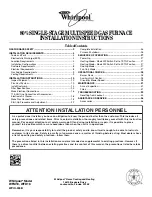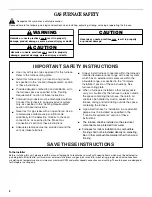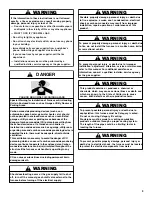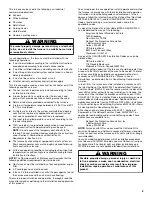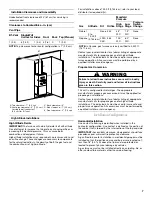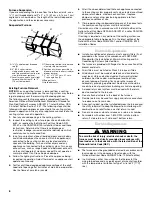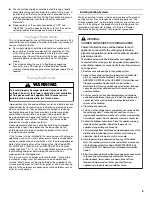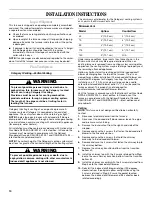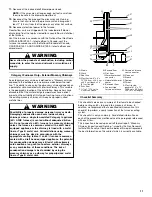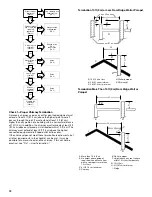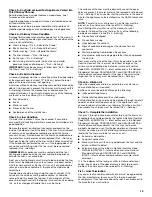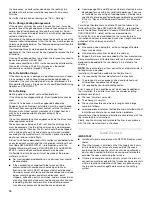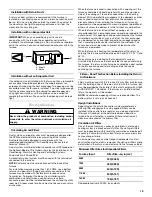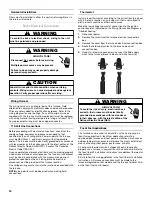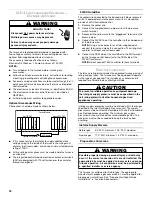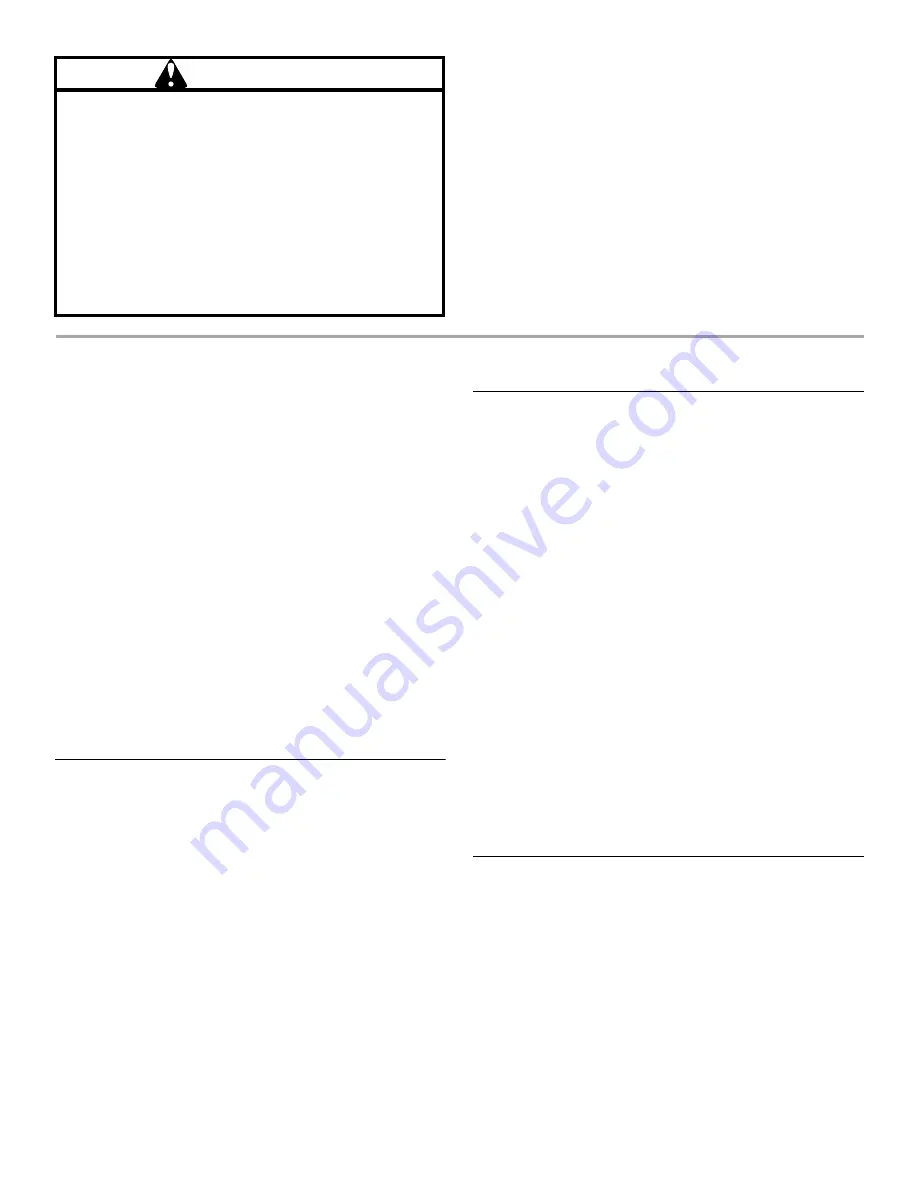
4
Additional Safety Considerations
■
This furnace is approved for Category I venting only.
■
Provisions must be made for venting combustion products
outdoors through a proper venting system. The length of the
flue pipe could be a limiting factor in locating the furnace.
INSTALLATION REQUIREMENTS
These instructions are intended as a general guide only for use by
qualified persons and do not supersede any national or local
codes in any way. Compliance with all local, state, or national
codes pertaining to this type of equipment should be determined
prior to installation.
Read this entire instruction manual, as well as the instructions
supplied in separate equipment, before starting the installation.
The installation of the furnace, wiring, warm air ducts, venting,
etc., must conform to the requirements of the National Fire
Protection Association; the National Fuel Gas Code, ANSI
Z223.1/NFPA No. 54 (latest edition) and the National Electrical
Code, ANSI/NFPA No. 70 (latest edition) in the United States, and
any state laws, local ordinances (including plumbing or
wastewater codes), or local gas utility requirements.
Local authorities having jurisdiction should be consulted before
installation is made. Such applicable regulations or requirements
take precedence over the general instructions in this manual.
This furnace design is certified by CSA International as a
Category I furnace in compliance with the latest edition of
American National Standard Z21.47/CSA Standard 2.3 for Gas-
Fired Central Furnaces, for operation with Natural gas or
propane. Consult the rating plate on the furnace for gas type
before installing.
Tools and Parts
Gather the required tools and parts before starting installation.
Read and follow the instructions provided with any tools listed
here.
Tools needed
Parts needed
Check local codes and with gas supplier. Check existing gas
supply, electrical supply, and venting, and read “Ductwork
Requirements,” “Electrical Requirements,” “Gas Supply
Requirements” and “Venting Requirements” before purchasing
parts.
Electrostatic Discharge (ESD)
NOTE: Discharge static electricity accumulated in the body
before touching the unit. An electrostatic discharge can adversely
affect electrical components.
Use the following steps during furnace installations and servicing
to avoid damage to the integrated control module. By putting the
furnace, the control and the person at the same electrostatic
potential, these steps will help avoid exposing the integrated
control module to electrostatic discharge. This procedure is
applicable to both installed and non installed (ungrounded)
furnaces.
1. Disconnect all power to the furnace. Do not touch the
integrated control module or any wire connected to the
control prior to discharging your body’s electrostatic charge
to ground.
2. Firmly touch a clean, unpainted, metal surface of the furnace
near the control. Any tools held in a person’s hand during
grounding will be discharged also.
3. Service the integrated control module or connect wiring after
following the discharge process in Step 2.
NOTE: Do not recharge your body with static electricity by
moving or shuffling your feet or touching ungrounded
objects. Repeat Step 2 if you touch an ungrounded object.
4. Follow steps 1 through 3 before removing a new control from
its container or installing the control on a furnace. Return any
old or new controls to their containers before touching any
ungrounded object.
Location Requirements
This furnace is primarily designed for residential home-heating
applications. It is not designed or certified for use in mobile
homes, trailers or recreational vehicles. Neither is it designed or
certified for outdoor applications. The furnace must be installed
indoors (for example: attic space, crawl space or garage area
provided the garage area is enclosed with an operating door).
Goodman 47
Heating unit should not be utilized without reasonable,
routine inspection, maintenance and supervision. If the
building in which any such device is located will be
vacant, care should be taken that such device is
routinely inspected, maintained and monitored. In the
event that the building may be exposed to freezing
temperatures and will be vacant, all water-bearing pipes
should be drained, the building should be properly
winterized and the water source closed. In the event
that the building may be exposed to freezing
temperatures and will be vacant, any hydronic coil units
should be drained as well, and, in such case, alternative
heat sources should be utilized.
WARNING
■
Pipe wrench
■
Screwdriver
■
Tape measure
■
Thread sealant
■
Level
■
Noncorrosive leak check solution
■
Test gauge with
¹⁄₈
" NPT connection
(for measuring gas supply pressure)
■
Allen wrench

